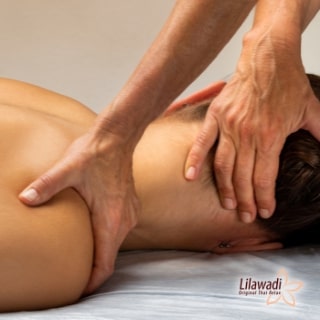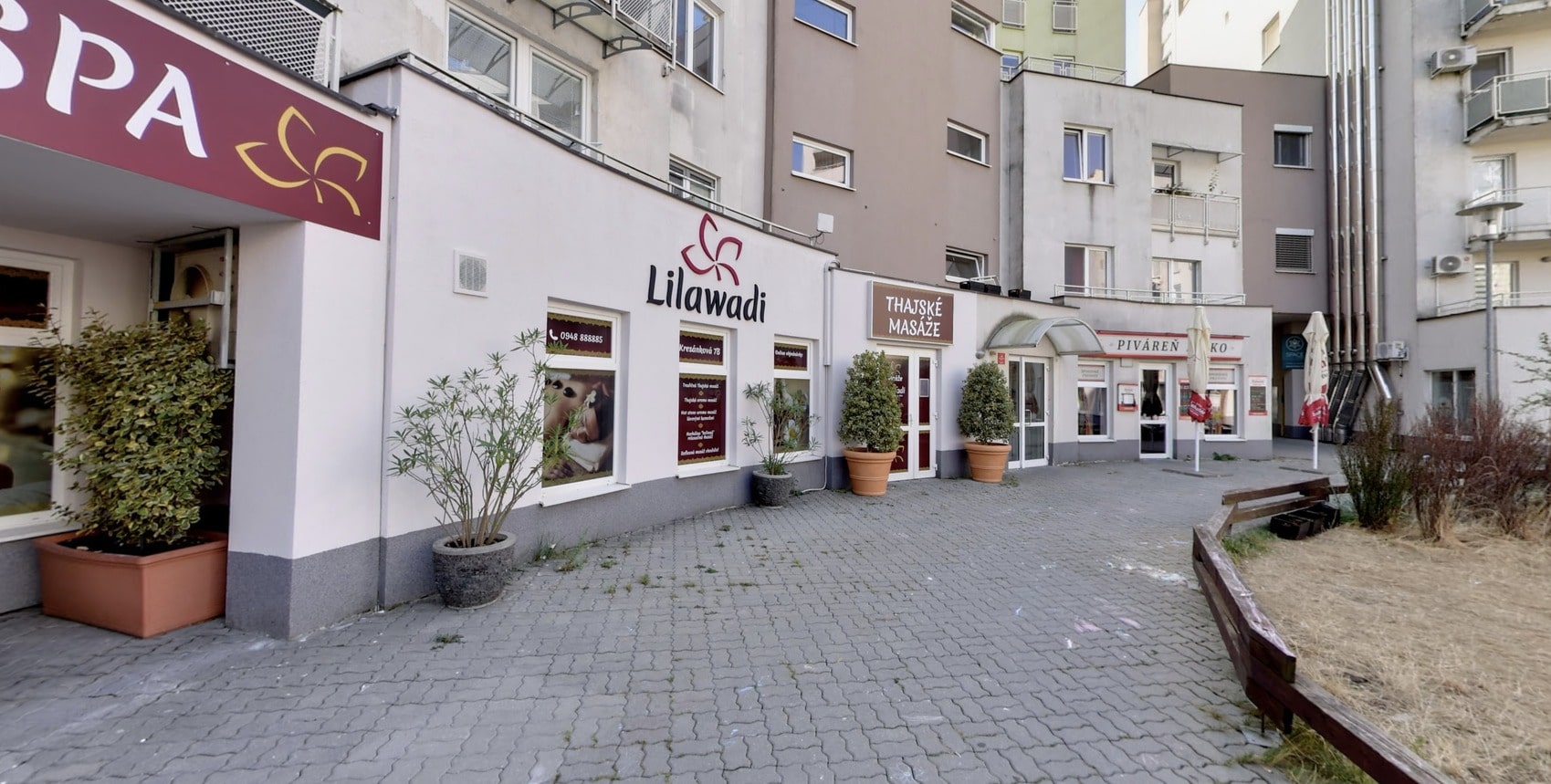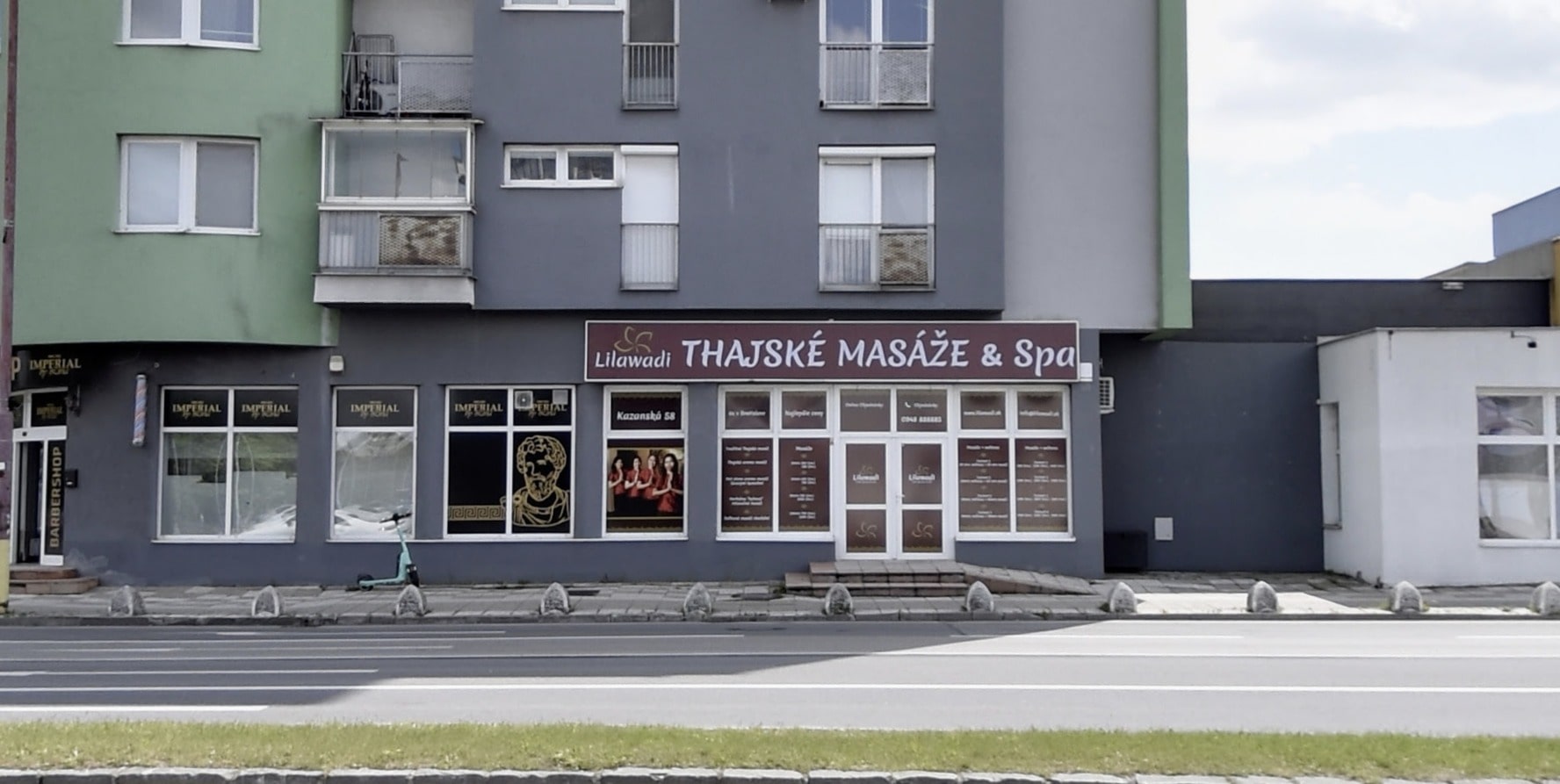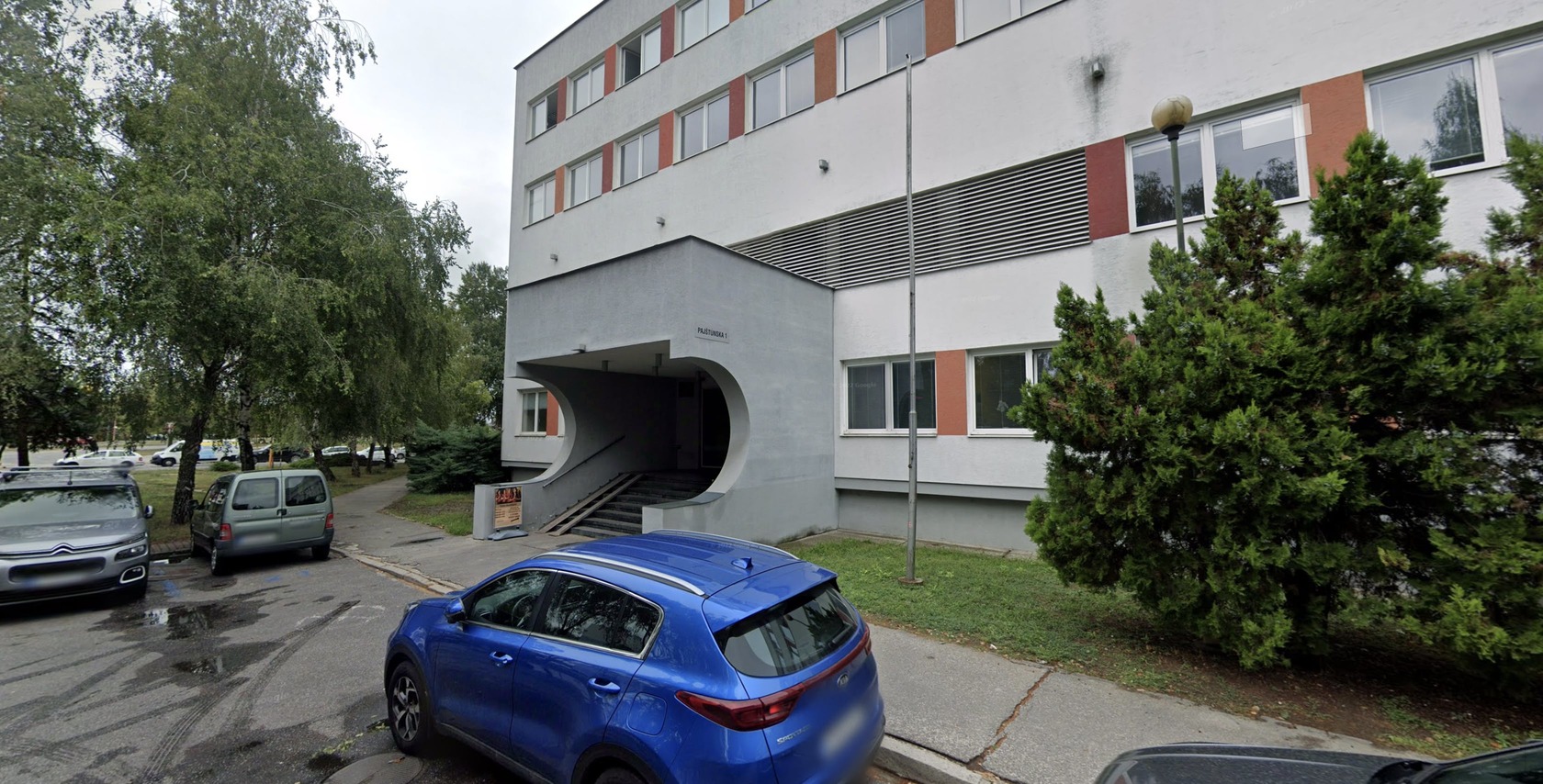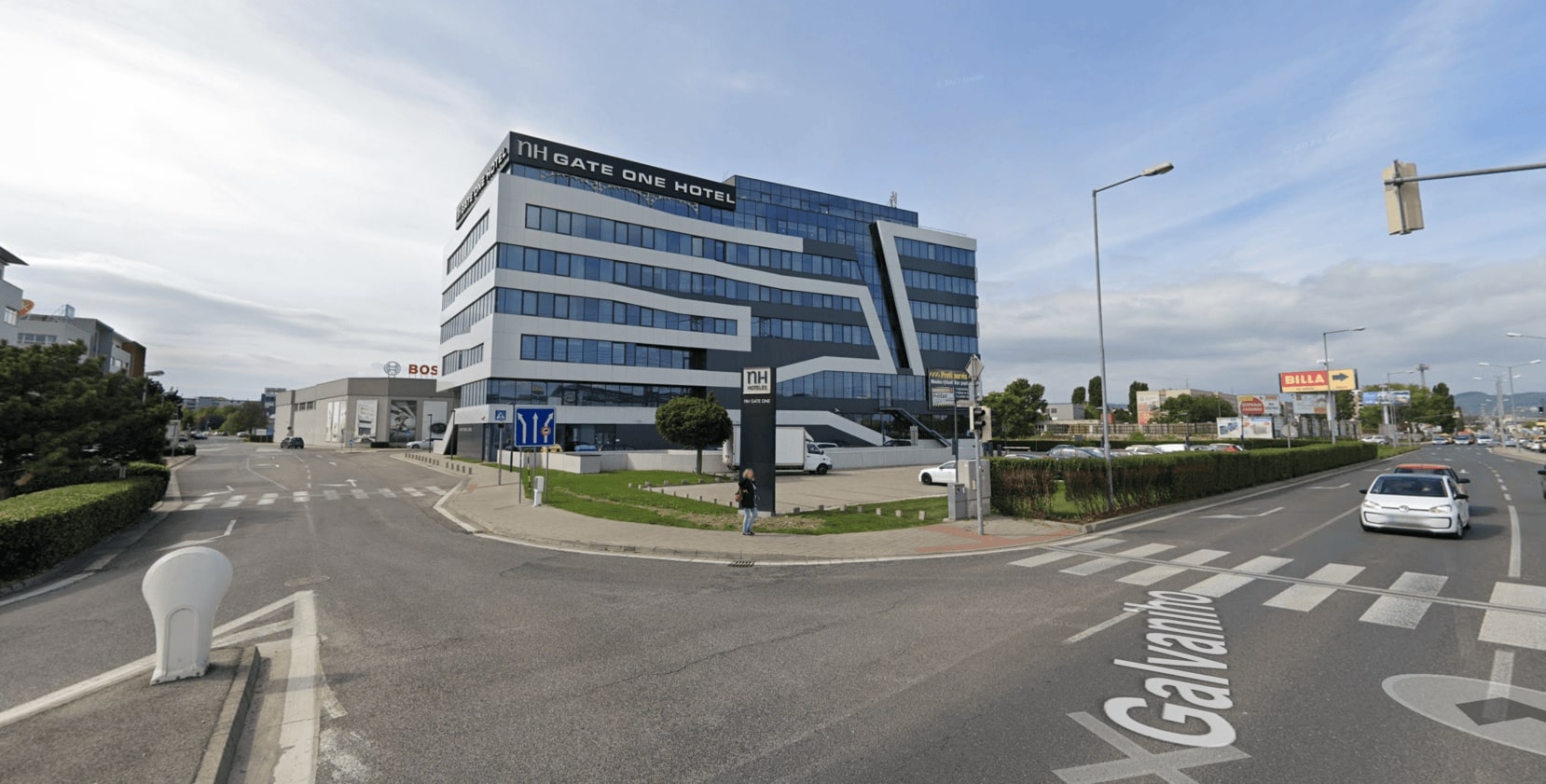Neck and shoulder pain is very common nowadays and can have several causes – injuries during sports or work, incorrectly chosen mattress, incorrect posture, nerve compression, etc. Typical manifestations include cramping, tingling, shooting pain, stiffness or numbness. It is these problems that soft techniques can help resolve.
It is important not to neglect the aforementioned problems, as more and more can be added on top of the current problems, so if something similar is bothering you, don’t just wait for the pain and discomfort to subside.
Soft techniques – relaxing the back and cervical spine
The most problematic parts of the body for most people are the shoulders and cervical spine. Pain is especially felt by people with sedentary jobs, when working at a computer. This method is also suitable if you suffer from headaches or recurrent migraines. It’s hard to live with that, admit it.
A lot of people confuse soft techniques with a classic massage, but it is not explicitly a relaxing experience that stimulates your mind. A conventional massage is accompanied by pleasant music and usually consists of five parts – rubbing, friction, kneading, beating and vibration using oil.
As for soft techniques (also called myofascial techniques), this is a therapeutic method and oil is not used. The physiotherapist chooses a set of special techniques and palpations aimed at eliminating persistent problems with a particular area, in this case, cervical spine and shoulder pain. Soft techniques are among the primary tools that physiotherapists use in their daily work.
How does this therapy work?
The therapist uses his hands to examine the sore area and find out by touch where blockages, muscle spasms or hardening are located. The fascia, which hardens due to chronic tension, tends to be problematic. Surely you know the feeling when you get out of bed in the morning, you are stiff as wood and the mobility of the body is severely limited.
Soft techniques can be a little painful as the physiotherapist has to put some pressure on the area. The process is done by first paying attention to the superficial parts, that is, the skin and subcutaneous tissue. He then moves on to the deeper structures – the fascia and muscles. This technique involves stretching the skin, applying pressure to points in the soft tissues, rubbing or palpation. The sensitive and hardened area is relaxed by blood circulation and the patient feels incredible relief immediately after the therapy.
In what cases are soft techniques not suitable?
If you have internal and external infectious diseases, fever, acute inflammation, bleeding diseases, tumors, do not undergo this therapy. There are also some limitations in case of pregnancy, so it is advisable to consult your attending physician. It is ideal not to consume alcohol, narcotics and difficult to digest foods before the session.
